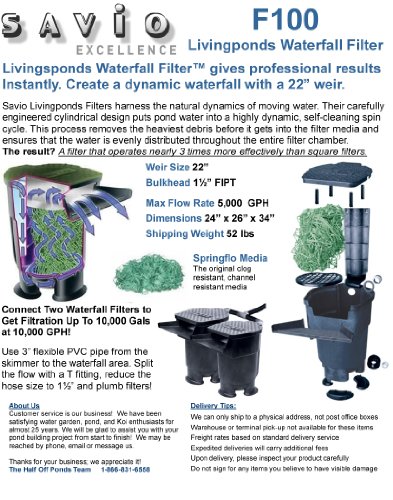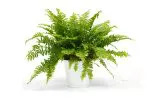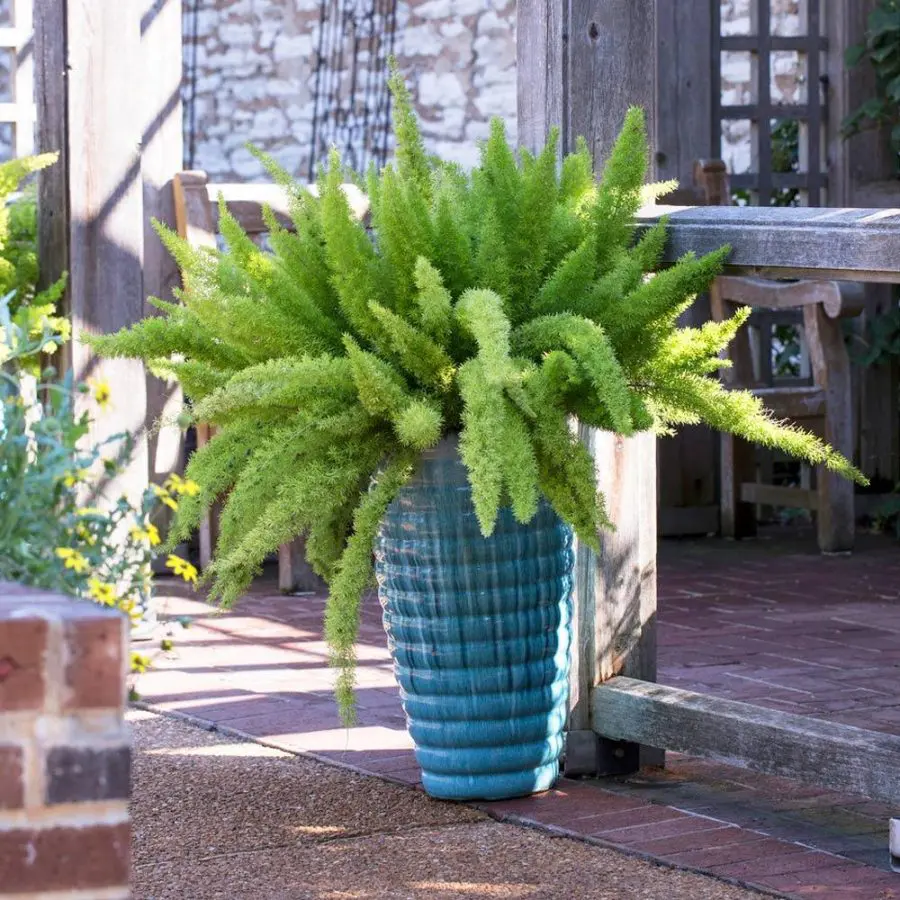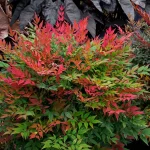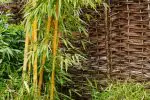This post contains affiliate links. If you buy something from one of our links we may earn a commission. Thanks

Jumpstart your journey into the wonderful world of ponds with our beginner’s guide to pond filtration systems! Clear water and happy fish await.
Pond filtration systems are essential for maintaining a clean and healthy pond ecosystem. They come in three main types: mechanical, biological, and chemical filtration. Mechanical filters remove physical debris, biological filters eliminate harmful bacteria, and chemical filters remove dissolved impurities. For optimal results, it’s often best to use a combination of these filtration types tailored to your pond’s specific needs.
Welcome to the beginner’s guide to pond filtration systems, where we’ll dive into the world of keeping your pond crystal clear and your fish happy!
Whether you’re a seasoned pond owner or just starting out, proper filtration is essential for maintaining a healthy ecosystem.
Don’t worry if you’re new to the game – we’ll cover everything you need to know to get started on your journey to a thriving pond.
So sit back, relax, and let’s explore the ins and outs of pond filtration systems together!
A Beginner’s Guide to Pond Filtration Systems
Pond filtration systems are an essential component of maintaining a healthy and beautiful pond ecosystem.
If you’re new to pond ownership or simply want to learn more about filtration, this beginner’s guide is for you.
In this post, we’ll break down the different types of filtration systems, how to choose the right one for your garden pond, and tips for keeping it running smoothly.
By the end of this guide, you’ll have a solid understanding of the importance of pond filtration and how to keep your pond looking its best.
So, let’s dive into the world of pond filter systems.
The Importance Of Pond Filtration Systems
A pond can add a beautiful and serene touch to any backyard or garden, but maintaining a healthy pond ecosystem requires more than just adding water and fish.
One of the most important components of pond maintenance is proper filtration. This is important for both small and large ponds.
Pond filtration systems maintain a healthy pond ecosystem
A filtration system helps keep the water clean, clear, and safe for both fish and plants by removing debris, excess nutrients, and harmful bacteria.
Without a filtration system, a pond can quickly become murky and unsightly, and the fish and plants may become sick or even die.
Proper filtration also helps to create a balanced ecosystem in the pond, by providing a suitable environment for beneficial bacteria, which in turn help to break down fish waste products and maintain the overall health of the pond.
In a natural pond mother nature takes care of filtration. Ponds have a natural bottom to grow plants and absorb nutrients.
But a water garden uses a pond liner and needs help to maintain water quality.
In this guide, we’ll be discussing everything a beginner needs to know about pond filtration systems, including the different types available, how to choose the right one for your pond, and how to maintain it for optimal performance.
So, whether you’re just starting out with a new pond or looking to upgrade your existing filtration system, this guide has got you covered.
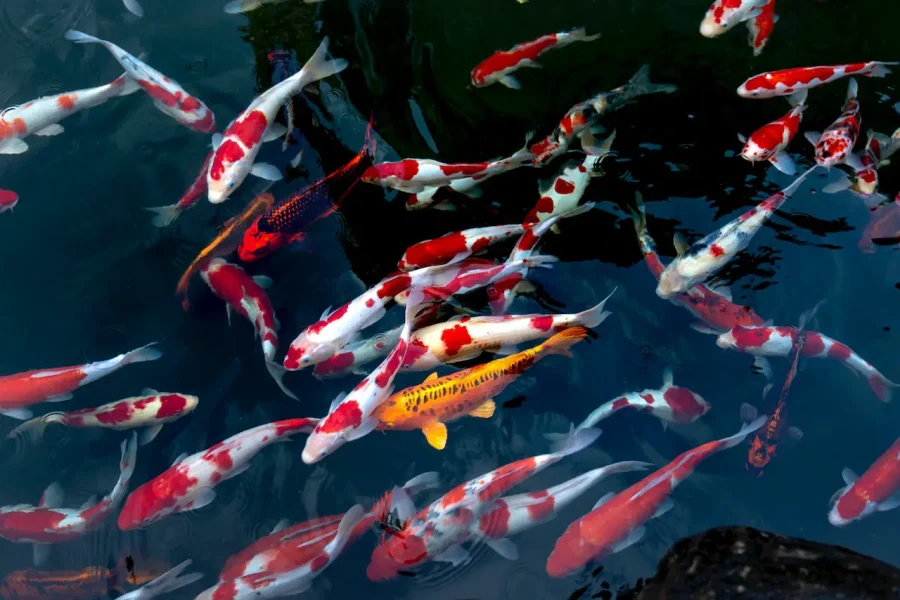
Types of Pond Filtration Systems
When it comes to pond filtration systems, there are three main types: mechanical, biological, and chemical. Each type serves a different purpose and works in a unique way to keep your pond clean and healthy. They are:
• Mechanical filtration
• Biological filtration
• Chemical filtration
Different Types Of Systems And Their Effectiveness
Mechanical filtration
Mechanical filtration is the process of removing physical debris, such as leaves and twigs, from the water.
This type of filtration is typically achieved through the use of a skimmer or a mechanical filter, which captures debris and removes it from the water.
Skimmers can keep the pond surface area free of floating debris. They can capture floating debris before it has a chance to sink to the bottom of the pond.
These mechanical pond filters can be easily cleaned and maintained, making them a popular choice for pond owners.
Biological filtration
Biological filtration, on the other hand, is the process of removing harmful bacteria and other microorganisms from the water.
This is done through the use of beneficial bacteria, which consume the harmful bacteria and convert them into less harmful compounds.
Biological filters can be in the form of a bio-filter, which uses a medium such as ceramic noodles or bio-balls to provide a surface for the bacteria to grow on.
Chemical filtration
Chemical filtration is the process of removing dissolved impurities, such as ammonia and nitrite, from the water. This type of filtration is typically achieved through the use of chemical filter media, such as activated carbon or zeolite. These filter media adsorb the impurities and remove them from the water.
What Is A UV Clarifier?
UV clarifiers, also known as UV sterilizers, are a type of filtration equipment that uses ultraviolet light to purify pond water.
They are designed to eliminate harmful microorganisms, such as bacteria, viruses, and algae, that can cause cloudy water and poor water quality.
UV clarifiers technically fall into the category of chemical filtration although they use light instead of chemicals to kill harmful bacteria.
They work by passing water through a chamber that contains a UV bulb.
As the water flows through the chamber, it is exposed to UV light, which kills or neutralizes the harmful microorganisms present in the water.
The purified water is then returned to the pond.
The UV clarifiers are typically installed inline with the filtration system, after the mechanical and biological filtration.
They are especially useful in ponds with high fish populations, plants, or koi ponds.
It’s important to note that while UV clarifiers are effective at killing harmful microorganisms, they do not remove debris or other physical impurities from the water.
They should be used in conjunction with other types of filtration, such as mechanical and biological filtration, for optimal results.
Choosing A Filtration System
When it comes to choosing a filtration system, it’s important to consider the size of your pond and the number of fish you have.
For example, if you have a small pond with only a few fish, a combination of mechanical and biological filtration may be sufficient.
However, if you have a larger pond with a higher fish population, chemical filtration may also be necessary.
It’s also important to consider the specific needs of your pond environment, like if you have plants or not.
In general, it’s a good idea to use a combination of different filtration types for optimal results.
It’s also important to note that no filtration system is perfect, and most require regular maintenance to function properly.
Choosing The Right Pond Filtration Systems For Your Pond
When it comes to choosing a filtration system for your pond, there are a few important factors to consider. These include:
• Pond size: The size of your pond will determine the type and size of filtration system you need.
A small pond with a few fish will require a different filtration system than a large koi pond with a high fish population.
• Fish population: The number of fish in your pond will also play a role in determining the type and size of the filtration system you need.
A high fish population will generate more waste, which will require a more robust filtration system.
• Plant population: If you have plants in your pond, they will also play a role in the filtration process.
They will consume some of the nutrients in the water, which will reduce the amount of waste produced by the fish.
• Water flow: The flow rate of the water in your pond will also be an important factor to consider.
A higher flow rate will help to keep the water moving, which will help to keep the water clean and clear.
• Location: The location of your pond can also be an important factor to consider.
A pond that is exposed to direct sunlight will require a different filtration system than one that is in the shade.
Overhanging deciduous trees can drop leaves into the pond and increase bioload.
Here are recommendations for different types of ponds:
Koi ponds: Koi ponds typically require a more robust filtration system than other types of ponds, due to the high fish population and the fact that koi produce more waste than other types of fish.
A combination of mechanical, biological, and chemical filtration is recommended.
Backyard ponds: Backyard ponds are typically smaller and have a lower fish population than koi ponds.
A combination of mechanical and biological filtration is typically sufficient for these types of ponds.
Natural ponds: Natural ponds are typically larger and have a higher fish population than backyard ponds.
A combination of mechanical, biological, and chemical filtration is recommended, as well as a proper flow rate to help keep the water moving.
Keep in mind that these are general recommendations and that the specific needs of your pond will depend on the factors outlined above.
It’s always best to consult with a pond expert or conduct research before making a final decision.
Using A Bottom Drain
Using a bottom drain to assist filtration is very common in koi ponds. Koi poop a lot and their droppings are large and need to be removed from the pond bottom.
But a bottom drain is beneficial for most larger ponds.
A bottom drain is a plumbing feature that is installed at the bottom of a pond, typically near the center.
Its main purpose is to draw water from the bottom of the pond and pump it to a filtration system for cleaning.
This can be especially useful in larger ponds where it can be difficult to remove debris and other impurities that settle on the bottom of the pond.
When used in conjunction with a filtration system, a bottom drain can help to improve the overall efficiency of the filtration process by removing debris and other impurities from the water before they have a chance to decompose and cause problems such as green water or low oxygen levels.
A bottom drain can be connected to a variety of different types of filtration equipment, including skimmers, mechanical filters, and biological filters.
It can also be used to improve water flow and circulation in the pond, by returning the filtered water back to the pond.
It’s important to note that a bottom drain should usually be installed by a professional, as it involves cutting a hole in the bottom of the pond liner and running plumbing to the filtration system.
The design of the bottom drain and the plumbing should be done taking into consideration the size and shape of the pond, the flow rate, and the location of the filtration equipment.
Using A Water Feature For Filtration
My pond has a waterfall to add oxygen to the water. Oxygenation itself helps beneficial bacteria grow and aids water quality. This is the waterfall I used:
But I use a bunch of filter media pads inside the body of the waterfall. So it does double duty, it aerates and filters my water.
My pond pump pumps water into my waterfall and from there water moves across the pond to the skimmer.
Here are some pictures of building my koi pond.
Pond Filtration System Maintenance
Proper maintenance is crucial to ensuring that your filtration system is working effectively and efficiently.
Here are a few tips for keeping your filtration system in top condition:
Regular cleaning: Depending on the type of filtration system you have, you’ll need to clean various components on a regular basis.
For example, you’ll need to clean mechanical filters, such as skimmers and mechanical filters, more frequently than biological filters.
Be sure to check the manufacturer’s instructions for specific cleaning instructions.
Monitoring water quality: Regularly testing the water in your pond is an important part of maintaining a healthy ecosystem.
This will allow you to identify any issues with your filtration system, such as a clogged filter or a lack of beneficial bacteria.
Replacing filter media: Some types of filter media, such as activated carbon or zeolite, need to be replaced periodically. Be sure to check the manufacturer’s instructions for information on how often to replace the media.
Regularly checking the equipment: Make sure to check that all the equipment is in working order, such as the pump and the tubing. Replace any worn or damaged parts as soon as possible.
By following these tips, you can ensure that your filtration system is working at its best and keep your pond looking clean and clear.
Common Pond Filtration Problems and Solutions
As with any piece of equipment, a pond filtration system can run into problems from time to time. Here are a few common issues and their solutions:
Clogged filters: Debris can easily clog filters, reducing water flow and making the system less effective.
To fix this, simply clean or replace the filter.
Low water flow: This can be caused by a clogged pump or tubing, or by a malfunctioning pump.
To fix this, check the pump and tubing for clogs, and replace any damaged parts.
Green water: Green water, or algae blooms, is a common issue that can be caused by an imbalance in the pond’s ecosystem.
To fix this, consider adding more beneficial bacteria to the pond, and reducing the amount of sunlight that reaches the water.
Smelly water: A bad smell in the water can indicate an issue with biological filtration, such as a lack of beneficial bacteria.
To fix this, consider adding more beneficial bacteria to the pond, and increasing the flow rate to the biological filter.
By identifying these common issues and taking the necessary steps to fix them, you can keep your pond filtration system working at its best and maintain a healthy pond ecosystem.
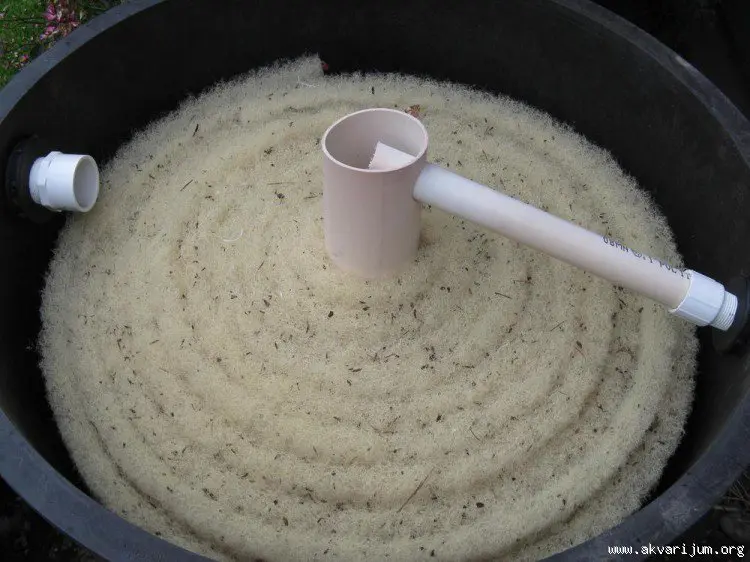
Pond Filtration FAQs
Navigating the world of pond filtration systems can be a bit overwhelming, especially if you’re new to pond ownership.
To help you out, we’ve compiled some of the most frequently asked questions about pond filtration systems and provided straightforward answers.
Q: Do I need a pond filtration system?
A: Yes, a pond filtration system is crucial for maintaining a healthy pond ecosystem. It helps keep the water clean and safe for both fish and plants by removing debris, excess nutrients, and harmful bacteria.
Q: What are the different types of pond filtration systems?
A: There are three main types of pond filtration systems: mechanical, biological, and chemical. Mechanical filters remove physical debris like leaves, biological filters eliminate harmful bacteria, and chemical filters remove dissolved impurities like ammonia.
Q: How do I choose the right pond filtration system?
A: The right pond filtration system depends on various factors such as the size of your pond, the number of fish, and whether you have plants. Typically, a combination of mechanical, biological, and chemical filtration works best for most ponds.
Q: How often should I clean my pond filter?
A: The frequency of cleaning depends on the type of filter you have. Mechanical filters like skimmers need more frequent cleaning, while biological filters require less. Always refer to the manufacturer’s instructions for specific cleaning guidelines.
By understanding these basics and frequently asked questions, you’ll be well on your way to maintaining a healthy and thriving pond ecosystem.
Pond Filtration Systems Final Thoughts
In this guide, we’ve discussed everything a beginner needs to know about pond filtration systems.
We’ve covered the different types of filtration systems available, including mechanical, biological, and chemical filtration, as well as the importance of proper filtration in maintaining a healthy pond ecosystem.
We’ve also discussed how to choose the right filtration system for your pond, taking into consideration factors such as pond size, fish population, plant population, water flow, and location.
We’ve also provided tips for maintaining your filtration system and troubleshooting common issues that may arise.
A properly working filtration system is essential for maintaining a healthy and beautiful pond ecosystem.
It’s important to choose the right filtration system for your pond and maintain it properly to ensure optimal performance.
In order to achieve and maintain a healthy pond ecosystem through proper filtration, it’s important to:
Understand the different types of pond filtration systems
• Choose the right pond filtration systems for your pond taking into consideration the pond size, fish population, plant population, water flow, and location.
• Regularly maintain and clean the filtration system
• Monitor water quality and troubleshoot common issues that may arise
For further learning and information, there are many resources available online, including websites, forums, and videos.
You can also consult with a pond expert or visit a local pond supply store for additional guidance and advice.
Remember that every pond is unique and you should always seek professional help if you have any doubts or questions.
Read more: Water Gardening for Beginners: 11 Tips For Successful Water Gardens



